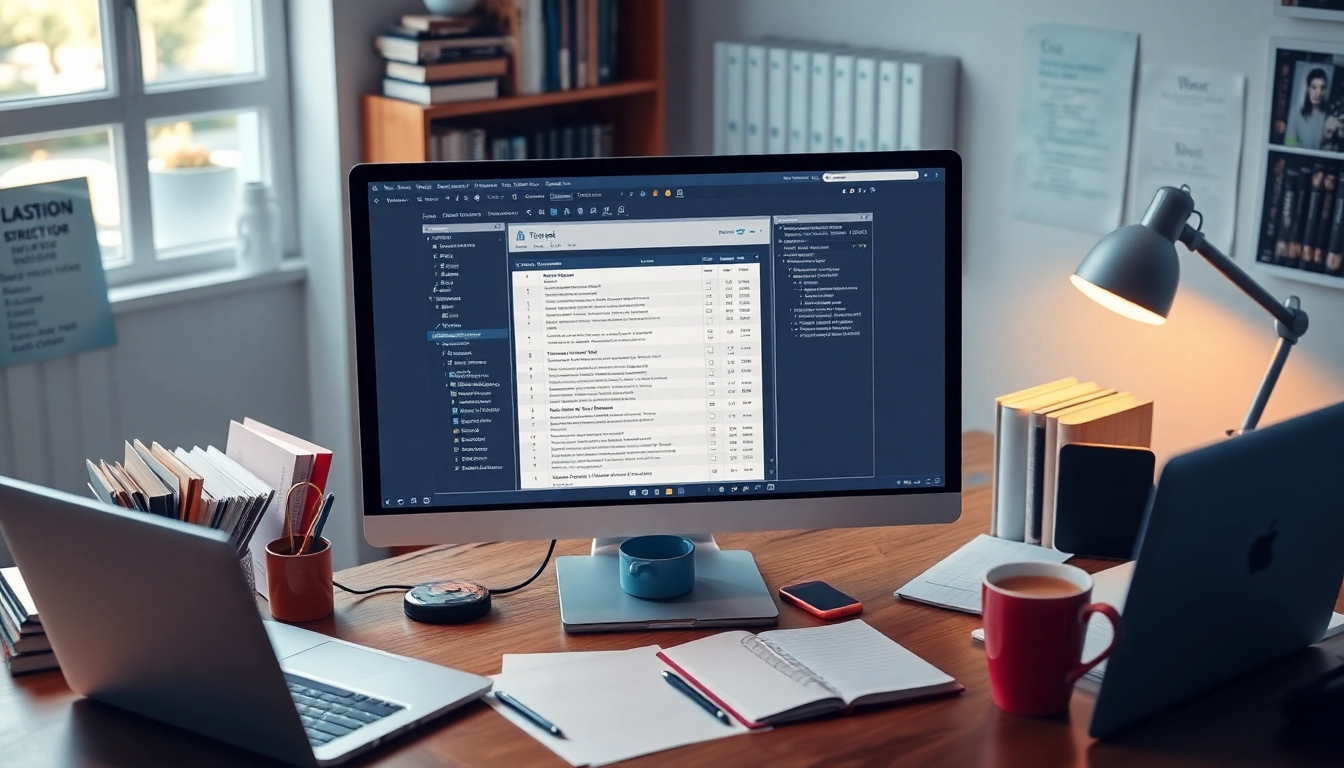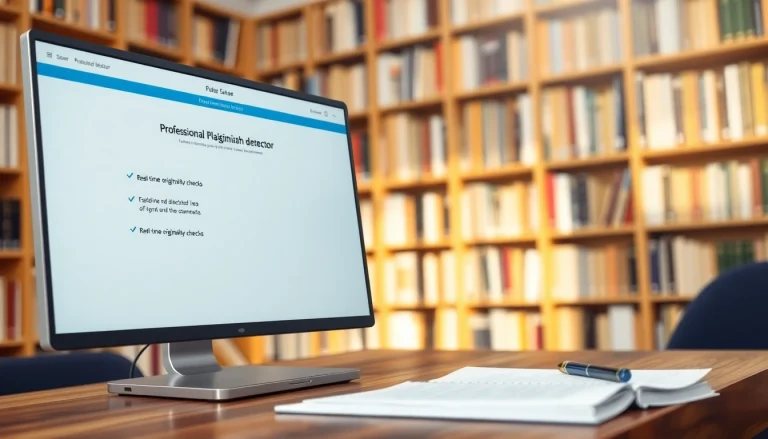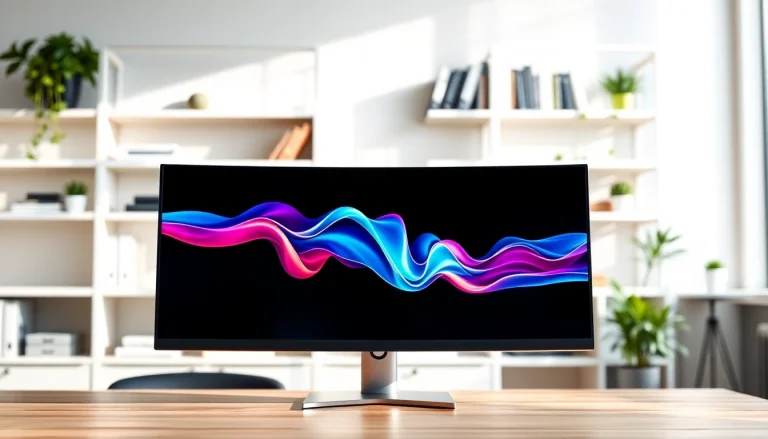Understanding the Need for a Plagiarism Detector
What is Plagiarism and Why It Matters
Plagiarism is the act of using someone else’s work, ideas, or intellectual property without proper acknowledgment, thereby presenting it as your own. This unethical practice can have severe repercussions in academic and professional settings, leading to loss of credibility, academic penalties, and even legal consequences. With the rise of digital content and easy access to information, the need for effective plagiarism detection has become more crucial than ever.
Types of Plagiarism Detected
There are various forms of plagiarism that a good plagiarism detector can identify:
- Direct Plagiarism: Copying text word-for-word from a source without citation.
- Self-Plagiarism: Reusing your previously published work without modification or citation.
- Patchwork Plagiarism: Combining text from multiple sources without proper attribution to create a new work.
- Accidental Plagiarism: Incorrectly citing sources or forgetting to cite one altogether.
Benefits of Using a Plagiarism Detector
Utilizing a plagiarism detector has numerous advantages:
- Enhanced Integrity: It promotes academic integrity by ensuring that all sources are appropriately cited.
- Improved Writing Quality: By identifying areas of unoriginal content, users can refine their writing and strengthen their arguments.
- Time-Saving: Automated checks for plagiarism can quickly highlight potential issues, saving users the time of manual checks.
- Confidence in Submission: Knowing your work is original can alleviate anxiety about potential plagiarism allegations.
How to Choose the Right Plagiarism Detector
Key Features to Look For
When selecting a plagiarism detector, consider the following features:
- Accuracy: The tool should provide precise detection and percentage similarity scores.
- Database Size: A larger database increases the likelihood of detecting overlaps with existing works.
- User-Friendliness: An intuitive interface makes it easier for users to submit text and interpret results.
- File Format Compatibility: The ability to check various document formats (e.g., PDF, DOCX) can enhance usability.
Comparing Free vs Paid Plagiarism Checkers
Free plagiarism checkers often have limitations in functionality, database access, and accuracy compared to paid versions. While free tools might be suitable for casual use, in academic or professional contexts, investing in a paid service can provide a more sophisticated analysis and better support.
User Reviews and Reliability
One effective way to judge a plagiarism detector’s reliability is by looking at user reviews. Pay attention to user feedback regarding accuracy, speed, ease of use, and customer support. A tool with consistently positive reviews is more likely to deliver reliable results.
How to Effectively Use a Plagiarism Detector
Step-by-Step Guide to Submitting Text
To use a plagiarism detector effectively, follow these steps:
- Prepare Your Document: Ensure your text is free of formatting issues and saved in a supported format.
- Access the Tool: Navigate to the plagiarism detector’s website and select the appropriate tool.
- Upload or Paste Your Text: Depending on the tool, you can either paste your text directly or upload a file.
- Initiate the Check: Click the button to start the plagiarism detection process.
- Review the Results: Once processed, examine the results thoroughly.
Interpreting the Results
Most plagiarism detectors will provide a percentage score indicating the level of similarity with other works. It’s imperative to interpret these results carefully:
- A low percentage usually indicates originality, while a high percentage requires critical examination.
- Review highlighted sections to determine if citations are needed or if rephrasing is necessary.
- Consider context; not all similarities imply plagiarism, especially common phrases or terminology.
Integrating Feedback into Your Writing
Receiving detection results is only the first step; integrating feedback is crucial:
- Citation Correction: Ensure all sourced material is accurately cited.
- Rewriting Sections: Paraphrase text that is flagged to enhance originality.
- Learning Improvement: Reflect on flagged content to improve future writing practices.
Common Challenges When Using a Plagiarism Detector
False Positives and Negatives
False positives occur when content is incorrectly flagged as plagiarized. Conversely, false negatives may happen when actual plagiarized content goes undetected. Both can undermine the credibility of the writing process. To mitigate these risks:
- Cross-reference results from multiple detectors for a comprehensive view.
- Understand the tool’s algorithm and adjust usage accordingly.
Understanding the Limitations of Technology
While technology plays a vital role in plagiarism detection, it is not infallible. Factors such as database size, content type, and language nuances can impact results. Continuous updates and improvements in algorithms are essential for maintaining reliability.
Best Practices to Avoid Plagiarism
To cultivate originality in your writing:
- Maintain Good Research Practices: Always note sources during research to facilitate proper citation later.
- Paraphrase Effectively: Develop paraphrasing skills to articulate ideas without copying.
- Engage in Original Thought: Focus on developing your own arguments and ideas based on research.
The Future of Plagiarism Detection Technology
Emerging Trends in Academic Honesty
Academic institutions are increasingly focusing on technologies that not only detect plagiarism but also educate students about academic honesty. This includes incorporating plagiarism detection into the learning process rather than merely as a final checkpoint.
AI and Its Role in Plagiarism Detection
Artificial intelligence is revolutionizing the landscape of plagiarism detection by enhancing accuracy and response time. AI algorithms can analyze text for context and suggest improvements while reducing false positive rates.
Predictions for the Next Decade
As technology advances, the landscape of plagiarism detection will continue to evolve. Expect to see more sophisticated tools that integrate AI with machine learning, leading to real-time feedback on content originality and adaptive learning mechanisms that evolve with user needs.








